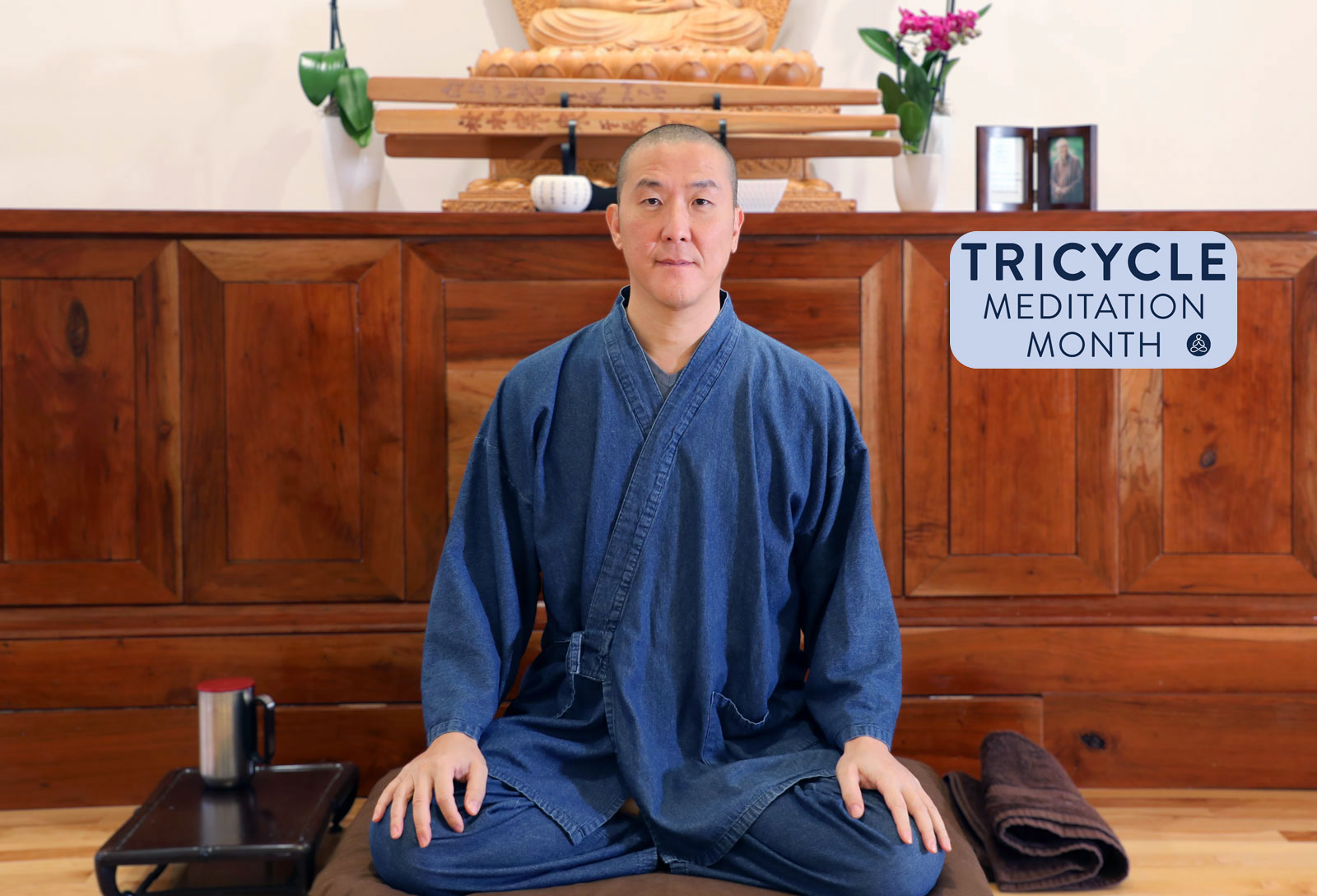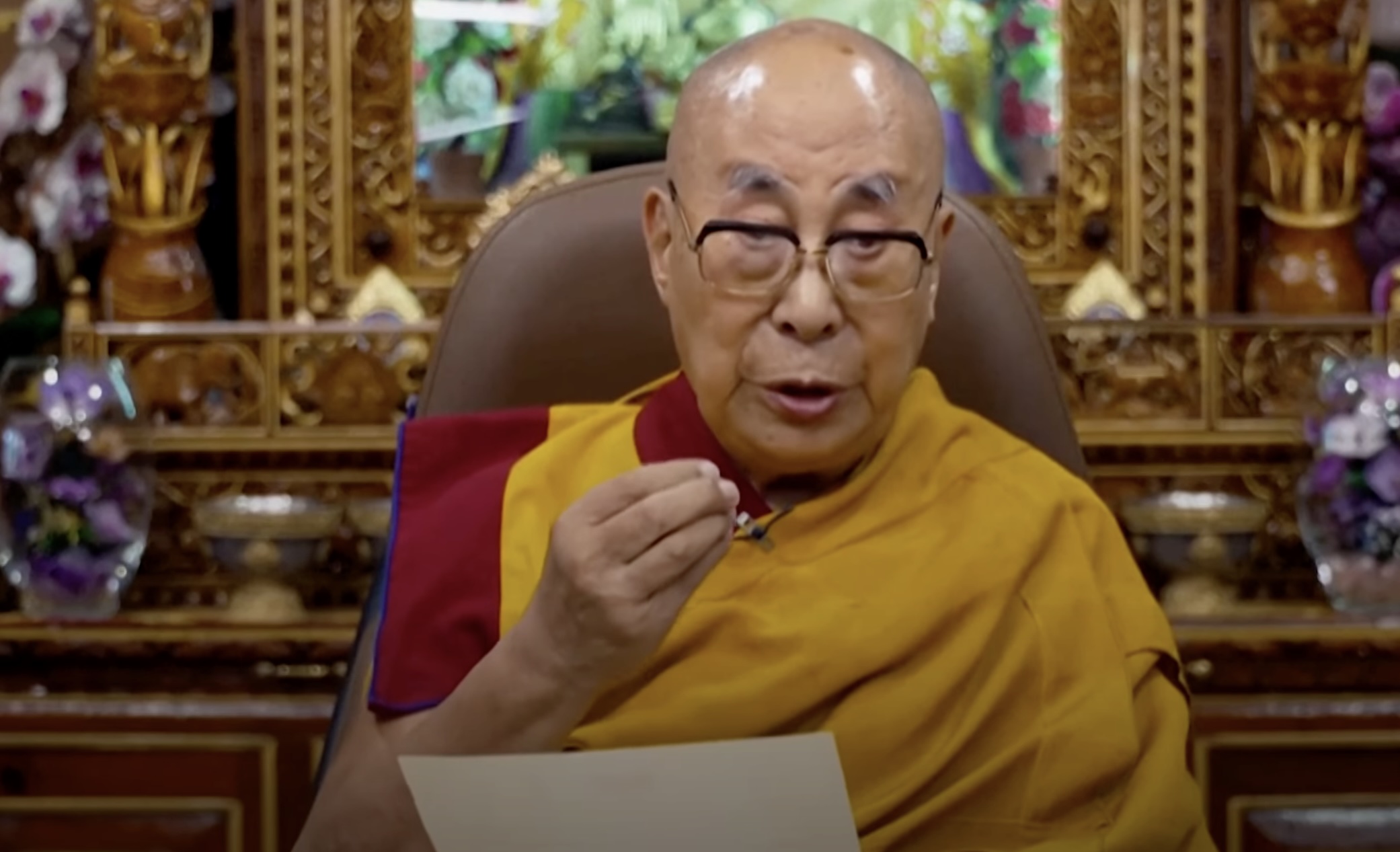Mindfulness in action and every-moment awareness: learning to live life to the fullest; meditation through living
We often lack the focus necessary to become aware of all of our experiences and genuinely comprehend what we desire in the hustle and bustle of everyday life. Although mindfulness necessitates ongoing work, it requires a specific sort of...

We often lack the focus necessary to become aware of all of our experiences and genuinely comprehend what we desire in the hustle and bustle of everyday life.
Although mindfulness necessitates ongoing work, it requires a specific sort of effort, natural and effortless, similar to meditation. It’s merely a matter of noticing when your ideas or feelings cause you to divert from the present moment. Simply, redirect your focus to where it’s needed. Whether you’re focused on the taste of the food you’re eating, the movement of your hands opening or closing the door, the weight of your body perched on a chair, the feel of water washing over your skin in the shower, bodily contact with your baby, the smell of toothpaste while brushing your teeth, or simply the glass of water you’re drinking right now.
Feature by Angela Johnson
(Biography on bottom)

The next time you are drinking water, turn off the auto-pilot and become mindfully aware of every sensation — temperature, texture, taste, smell, motion. Making every day activities a mindfulness experience is an empowering mindfulness practice.
Mindfulness applies to all senses — and all activities
Without exception, mindfulness applies to anything that is presented to you in the form of sensations. It makes no difference whether you engage in active or passive activities, whether at home or on the street, at work or in pleasure, alone or in the company. All of this can be confusing at first if you’re new to the concept of involvement.
Remember that involvement means being completely aware of the present moment, where you are, and what you are doing. You will act in the same manner as before. All you have to do is stay involved at all times, and the easiest way to do so is to concentrate on a single thing.

Turn your next Jenga game with your child into mindfulness practice for both of you. With true mindful focus, your game may even improve.
Returning to the present
You simply return your thoughts to the object of your attention whenever you discover your distraction. Brushing your teeth is one good example. This action is recognizable to everyone, takes less than two minutes, and requires no explanation. It’s apparent what you’re concentrating on, and you’ll most likely be able to complete the procedure while remaining involved.
With mindfulness, the will be a significant change — from how most individuals usually perform this easy hygiene activity, on full autopilot — is to remain on the activity of brushing. Up. Down. Up. Down. Rinse.

Make the upkeep of your pearly whites into a mindfulness practice. Up. Down. Feel the pressure, the texture, taste the toothpaste. Be conscious of the breath as you brush.
It is necessary to feel the differences between the two scenarios in order to completely comprehend them. Feel what it’s like. Perhaps you can easily concentrate on your physical sensations, making them a focal point. Any activity can be a subject of mindful focus. For example, brushing your teeth:
The sound of a toothbrush cleaning your teeth, the sensation of a continuous back and forth motion in your palm, or the taste or smell of toothpaste are all options. Your mind will feel calmer if you concentrate on a single sensation.
After you return to the present moment, you may discover that you’ve developed a pattern of being sidetracked by unrelated thoughts or moving from one thought to the next. Perhaps you’ll realize that brushing your teeth requires too much or too little effort.

Remaining mindful while walking is a well-known daily practice in Buddhism. Here monks lead lay practitioners on a silent walking meditation in Thailand.
The obstacle of boredom
There’s a possibility you’ll feel a sensation of boredom. All of these discoveries are valuable in their own right because they help you to perceive your own consciousness for what it is. The contrast between a steady, peaceful consciousness and one that is out of control is reflected in this focus.
Let’s have a look at an example. Assume you’re about to take a sip of water:
Try focusing on the experience rather than drinking the water in one swallow. When was the last time you actually tasted the water you drink? You get information regarding the temperature of the water and the material used to make the glass as soon as you hold it in your hand. You can concentrate on the way your hand goes toward your mouth and the flavor of the water as it fills your mouth.
You’ll be able to follow the water as it flows down your neck and into your stomach if you learn to listen to your senses. Simply redirect your attention to how you’re drinking if you notice your mind wandering elsewhere.

Meditation in the office can make you more productive. Mindfulness during a meeting can result in fewer mistakes — you are extremely focused on listening, which is the secret to success in many business meetings. Breathing meditation can calm the stress that inhibits innovation and enthusiasm.
With clarity comes calmness
You will discover that this strategy efficiently calms the mind as you begin to apply it in various situations. You are not only fully aware of the impressions you are receiving at any given time, but you are also calming down. Clarity comes with calmness.
You begin to comprehend how and why you think and feel, as well as why things happen the way they do. You start to observe patterns and trends that are unique to your state of consciousness. As a result, you can once again choose how you want to live your life. You can react to what is going on in the way that feels best to you, rather than mindlessly rushing through a stream of harmful, useless ideas and emotions.

Cats know all about the benefits of mindfulness meditation. Even when you think they are sleeping, they are very aware of every micro-movement in their domain.
Managing mindfulness in “public”
Another popular question is how does this technique work in the presence of strangers? Wouldn’t such concentration in the company of others seem rude? These worries appear absurd: after all, such a question suggests that we are normally so preoccupied with the words, feelings, and emotions of those around us that we have no time for anything else. In actuality, this is quite rare. We are usually so preoccupied with our own thoughts that we are unable to hear what the other person is saying.
Assume you’re strolling down the street with a friend. In theory, walking is a self-contained activity, but you must focus some of your attention on avoiding accidents with other walkers, avoiding entering the roadway by accident, and so on. You can only redirect your focus to dialogue with a friend when you are not preoccupied with important observations.
This does not suggest that you pay less attention to the person with whom you are talking than usual; rather, it just means that you switch from one object to another at the right intervals, in this case from your surroundings to your conversation with a friend. Your focus on your own thoughts and sensations will not be as full as it would be if you were sitting and meditating alone—at least at first—but the key thing is to stay involved. The more you practice, the easier it will be for you to maintain your focus and the more successful you will be.
Remaining fully in the moment
Involvement in the present will allow you to remain fully “in the same room” with the person you are talking to. The beauty of mindfulness is that it does not require any additional time. All you have to do is learn to thoroughly immerse yourself in the action you are performing right now, rather than wandering off into the distance. This is for those who believe they don’t have enough spare time to practice mindfulness.
Ask yourself a few questions
How often are you mindful through the day?
What happens when you stay in the present moment for an entire morning? How does it feel? How did this acuity of senses change your perspective on the ordinary and every day. Every moment is a present moment. We can remain mindful throughout every moment.

 Koichiko
Koichiko 































